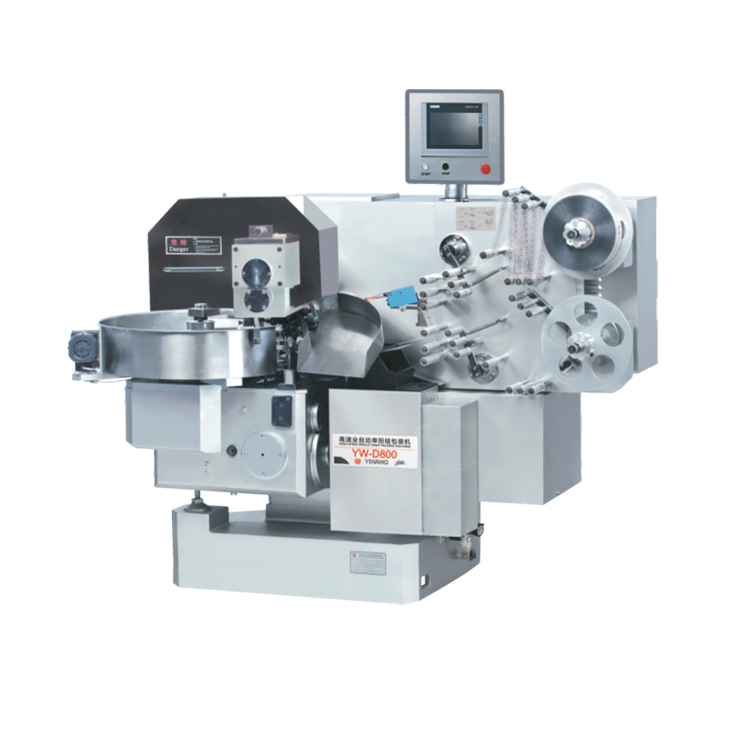Twist packaging machines are widely used in industries where products require secure and compact packaging with a twisted seal. From the perspective of a manufacturer, producing these machines involves several important considerations to ensure they meet the needs of diverse clients.
One key focus during manufacturing is machine versatility. Twist packaging machines often need to handle different product sizes and types, ranging from food items like candies and confectionery to non-food products such as small hardware or medical supplies. Designing machines with adjustable components allows for flexibility in packaging dimensions and speeds, enabling clients to switch between product lines without extensive modifications.
Material selection is crucial in the manufacturing process. Components such as gears, rollers, and sealing elements must be durable to withstand continuous operation. Precision engineering helps reduce wear and tear, which in turn lowers maintenance needs and enhances the machine’s lifespan. Using corrosion-resistant materials in certain parts is also important, especially for machines used in humid or food-related environments.
Incorporating advanced control systems is another significant aspect. Many modern twist packaging machines are equipped with programmable controllers and user-friendly interfaces. This facilitates easier adjustments in packaging parameters and supports consistent output quality. From a manufacturer’s standpoint, integrating reliable sensors and automation features is important to reduce manual intervention and improve production efficiency.
Safety standards play a major role in the design and manufacture of twist packaging machines. Protective guards, emergency stop functions, and safe electrical systems are commonly included to ensure operator safety. Manufacturers follow industry regulations and standards to minimize workplace risks and ensure machines operate reliably over long periods.
Energy efficiency is increasingly considered during production. Selecting motors and drives that optimize energy consumption can help reduce operating costs for clients. Additionally, manufacturers pay attention to minimizing waste during packaging by ensuring precise cutting and sealing mechanisms.
Ease of maintenance is another focus area. Machines are designed with accessible parts and modular structures that simplify repairs and component replacement. This design approach helps users reduce downtime and maintain steady production schedules.
Quality control is an integral part of the manufacturing process. Each machine undergoes thorough testing to verify packaging consistency, sealing strength, and mechanical accuracy. These evaluations help identify potential issues early and ensure the machine meets customer requirements before delivery.
Customization options are often provided to meet specific client needs. Manufacturers may adapt machines to include additional functions such as coding, batch numbering, or multi-lane packaging capabilities. This flexibility helps clients tailor their packaging processes to particular product specifications or regulatory demands.
In conclusion, manufacturing twist packaging machines requires attention to versatility, durability, safety, and user-friendly operation. By focusing on these aspects, manufacturers aim to produce machines that support efficient and consistent packaging for a variety of industries. Continuous development in technology and materials further enhances machine performance, offering practical solutions for packaging challenges.

